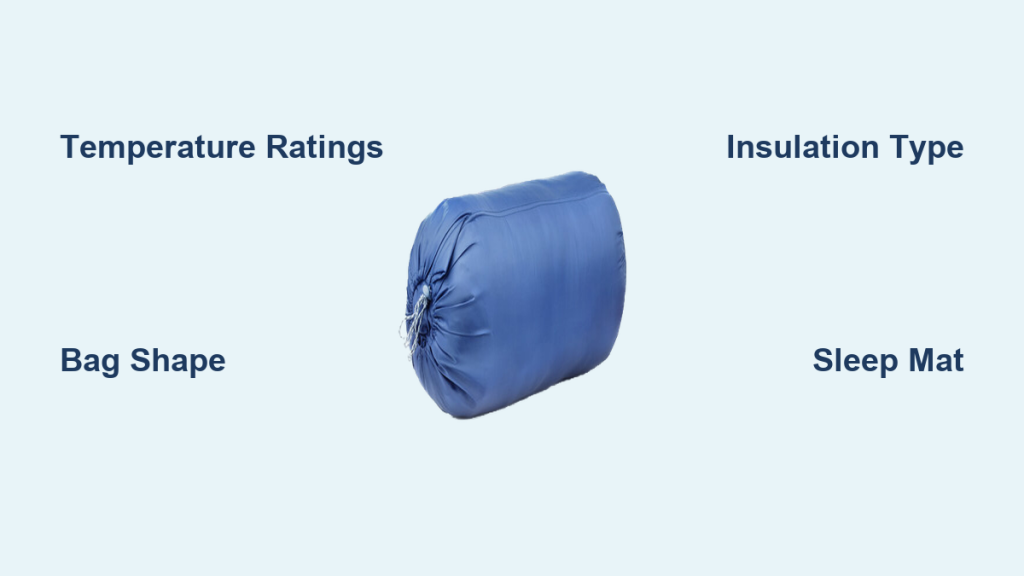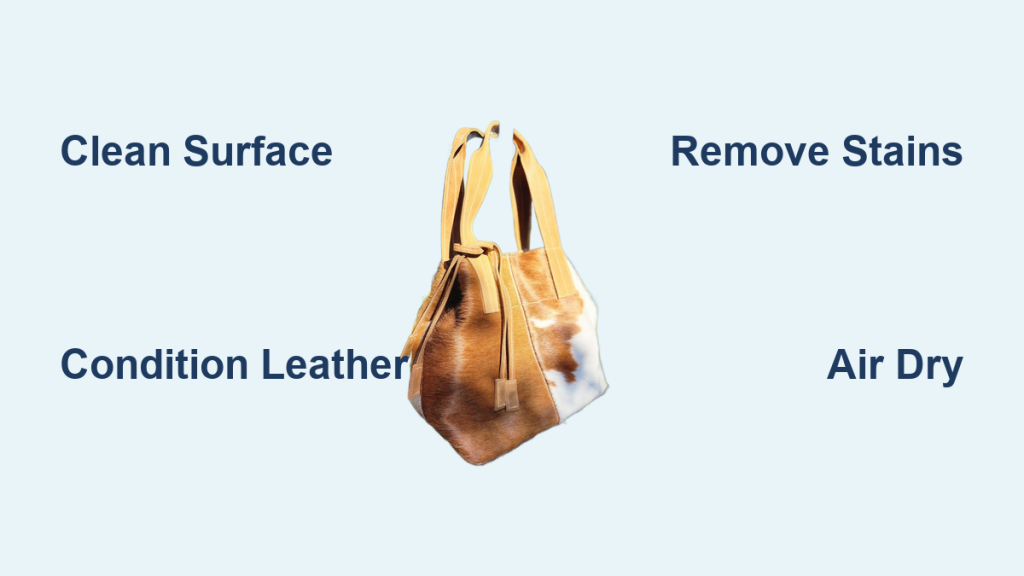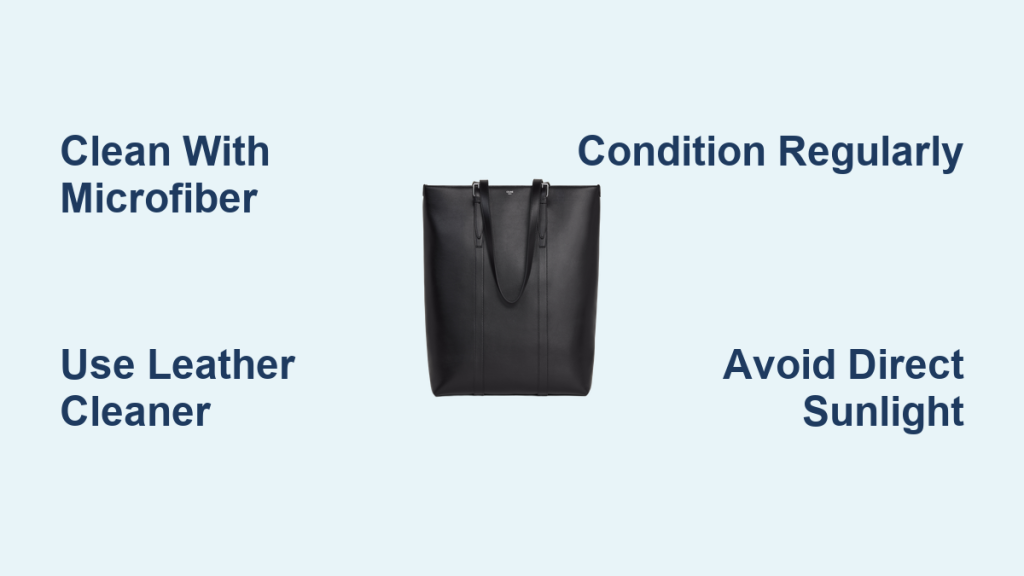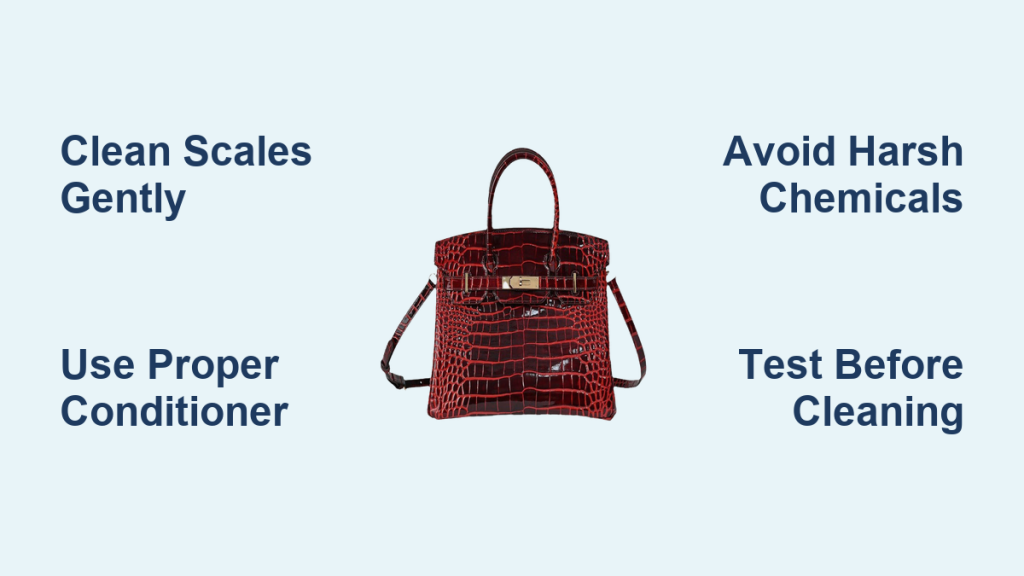Are you planning a camping trip and feeling overwhelmed by the sheer number of sleeping bag options? It’s a common frustration – finding the right bag can be the difference between a restful night under the stars and a shivering, uncomfortable experience. A quick fix is to simply grab the cheapest bag, but that often leads to regret.
This comprehensive guide will walk you through everything you need to know to choose the perfect sleeping bag for your adventures. We’ll cover temperature ratings, bag shapes, insulation types, materials, and more, ensuring you find a bag that keeps you warm, comfortable, and ready for whatever the outdoors throws your way. By the end of this article, you’ll be equipped to confidently select a sleeping bag that fits your needs and budget.
Understanding Sleeping Bag Temperature Ratings

The temperature rating is arguably the most important factor when choosing a sleeping bag. However, it’s also often misunderstood.
Comfort, Limit, and Extreme Ratings
Sleeping bag temperature ratings aren’t a guarantee of warmth, but rather a guideline. There are three main ratings:
- Comfort Rating: The lowest temperature at which a “warm sleeper” (typically a woman) will sleep comfortably.
- Limit Rating: The lowest temperature at which a “cold sleeper” (typically a man) can sleep for eight hours without waking up from the cold.
- Extreme Rating: A survival-only rating; the temperature at which a standard woman can remain for six hours without risk of death from hypothermia (but likely with significant discomfort).
Important: Focus on the comfort rating for your typical sleeping conditions. Add 10-15 degrees to that rating to account for individual variations and unexpected cold snaps.
Factors Affecting Temperature Perception
Your personal metabolism, clothing, sleep mat, and even hydration levels all influence how warm you feel in a sleeping bag. Don’t rely solely on the temperature rating; consider these factors too.
Sleeping Bag Shapes: Which is Right for You?
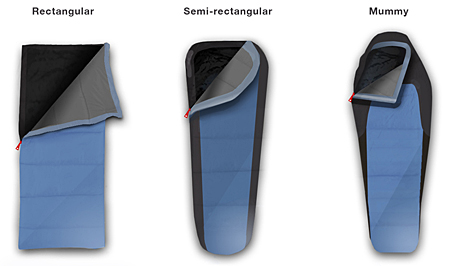
The shape of your sleeping bag impacts its warmth, weight, and packability.
Mummy Bags
Mummy bags are tapered, hugging your body closely to minimize dead air space and maximize warmth. They’re ideal for cold-weather camping and backpacking where weight and space are critical.
Rectangular Bags
Rectangular bags offer the most space and freedom of movement. They’re a good choice for casual camping and warmer weather, but they are bulkier and less efficient at retaining heat.
Semi-Rectangular (Modified Mummy) Bags
These bags offer a compromise between warmth and comfort. They provide more room than a mummy bag but are still relatively efficient at retaining heat.
Insulation Types: Down vs. Synthetic
The insulation of your sleeping bag determines its warmth-to-weight ratio, compressibility, and performance in wet conditions.
Down Insulation
Down consists of the fluffy undercoating of ducks or geese. It’s incredibly warm for its weight, highly compressible, and durable.
- Pros: Excellent warmth-to-weight ratio, highly compressible, long-lasting.
- Cons: Expensive, loses insulating properties when wet, requires careful cleaning and storage.
- Fill Power: A measure of down quality; higher fill power (600-800+) indicates better insulation.
Synthetic Insulation
Synthetic insulation is made from polyester fibers. It’s more affordable than down and performs better when wet.
- Pros: Affordable, retains warmth when wet, easier to care for.
- Cons: Heavier and bulkier than down, less compressible, doesn’t last as long as down.
Sleeping Bag Materials: Shell and Lining
The materials used for the shell and lining of your sleeping bag affect its durability, breathability, and comfort.
Shell Materials
- Nylon: Durable, abrasion-resistant, and relatively lightweight.
- Polyester: More water-resistant than nylon, but less durable.
Lining Materials
- Polyester: Soft, comfortable, and relatively inexpensive.
- Silk: Luxurious, breathable, and lightweight, but expensive.
Choosing the Right Sleeping Bag for Your Needs
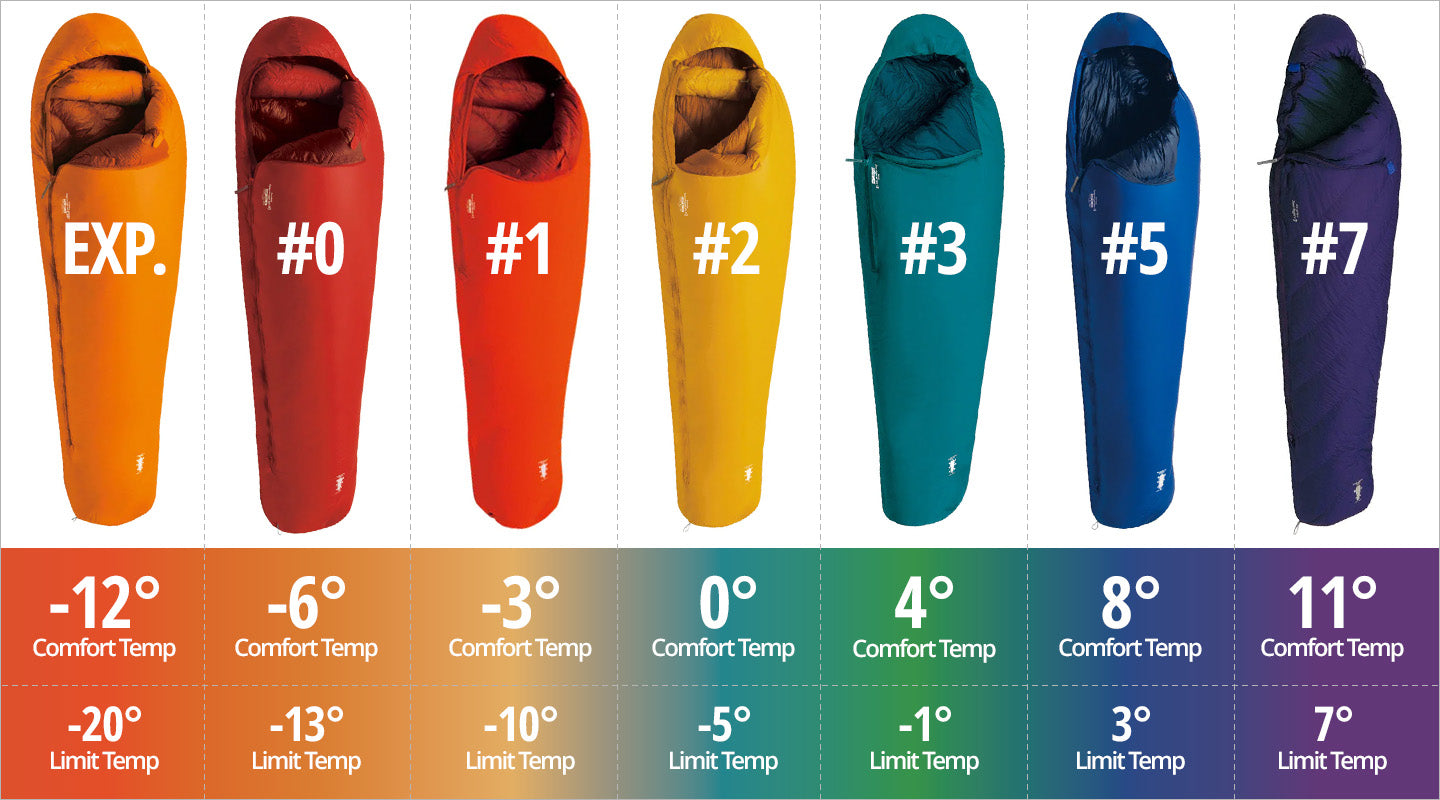
Consider these factors when making your final decision:
- Climate: Cold weather requires a lower temperature rating and potentially a mummy bag with down insulation. Warmer weather allows for a rectangular bag with synthetic insulation.
- Activity: Backpacking demands a lightweight and compressible bag, while car camping allows for a heavier, more spacious option.
- Budget: Down bags are generally more expensive than synthetic bags.
- Personal Preferences: Do you sleep hot or cold? Do you prefer a roomy bag or a snug fit?
Pro Tips for Sleeping Bag Success
- Invest in a good sleep mat: A sleep mat provides insulation from the cold ground and adds comfort. R-value measures a mat’s insulating ability; higher R-value = warmer.
- Store your sleeping bag properly: Store your bag loosely in a large storage sack to prevent compression and maintain its loft.
- Use a compression sack for backpacking: A compression sack helps reduce the bag’s packed size.
- Air out your sleeping bag regularly: This helps prevent moisture buildup and maintain its insulating properties.
- Consider a sleeping bag liner: A liner adds warmth, keeps your bag clean, and can be used as a standalone sleeping bag in warm weather.
- Don’t sleep in damp clothes: Moisture significantly reduces your bag’s warmth.
When to Seek Professional Advice
- Severe allergies: If you have severe allergies to down or certain synthetic materials, consult with a specialist.
- Extreme cold conditions: For expeditions in extremely cold environments, a professional outfitter can help you select the right gear.
- Unsure about temperature ratings: If you’re unsure about the appropriate temperature rating for your needs, seek advice from an experienced camper or outdoor retailer.
FAQ
Q: What does “fill power” mean for down sleeping bags?
A: Fill power measures the loft (fluffiness) of the down. Higher fill power means more trapped air and better insulation for the same weight. 600 fill power is good, 700+ is excellent, and 800+ is premium.
Q: How do I clean my sleeping bag?
A: Follow the manufacturer’s instructions. Down bags typically require specialized cleaning products and professional cleaning. Synthetic bags can often be machine washed and dried.
Q: Can I use two sleeping bags stacked together for extra warmth?
A: While it might seem like a good idea, stacking sleeping bags doesn’t necessarily double the warmth. It can compress the insulation and reduce its effectiveness.
Q: What is a sleeping bag liner and why should I use one?
A: A sleeping bag liner is a fabric bag that goes inside your sleeping bag. It adds warmth, keeps your sleeping bag clean, and can be used as a standalone sleeping bag in warm weather.
Alternative Solutions
If a traditional sleeping bag isn’t quite right for you, consider these alternatives:
| Solution | Pros | Cons | Best For |
|---|---|---|---|
| Quilt | Lightweight, versatile, customizable | Requires more skill to use effectively, less wind protection | Ultralight backpacking, warm weather camping |
| Sleeping Bag System (Bivy Sack + Quilt) | Excellent weather protection, customizable warmth | More expensive than a single sleeping bag | Alpine climbing, winter camping |
Enjoy Your Comfortable Sleep Outdoors!
Now that you understand the key factors involved in choosing a sleeping bag, you’re well-equipped to find the perfect one for your adventures. Remember to consider your climate, activity, budget, and personal preferences.
- Understand temperature ratings.
- Choose the right shape and insulation type.
- Invest in a good sleep mat.
With the right sleeping bag, you can enjoy restful nights and wake up refreshed, ready to explore the great outdoors.
What are your biggest concerns when choosing a sleeping bag? Share your questions and experiences in the comments below!

